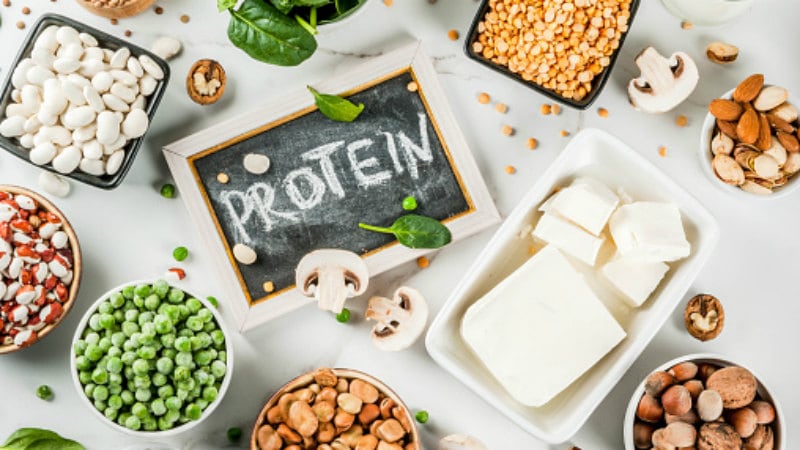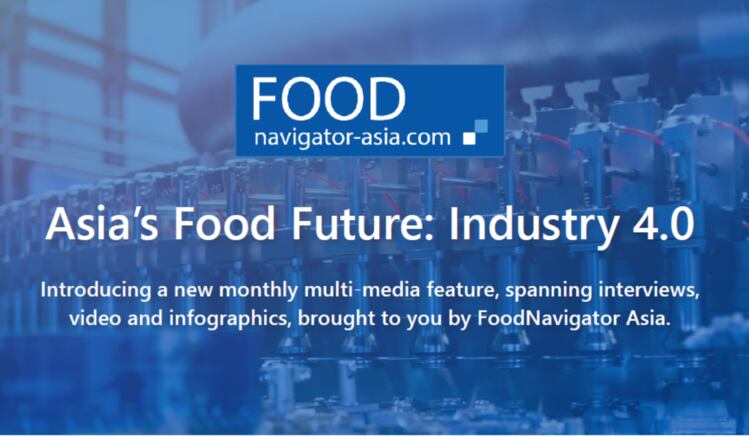According to Tetra Pak Asia Pacific Cluster Marketing Services Director Ratanasiri Tilokskulchai (Taan), these trends were identified by the company’s global insights and analytics team via a variety of methods including social listening, surveys, comparisons, information-gathering and more.
“We only named this initiative Trendopedia a few years back, but such [trendspotting] by Tetra Pak has been ongoing for a long time,” Taan told FoodNavigator-Asia.
“Health, sustainability and transparency are becoming industry norms, as is digital, and more and more value is being found in individual experiences that carry specific purpose.
“This time round, we found that the trends stretched across these, from the very basics of hygiene and health demands to digitalisation and what makes F&B brands special and able to stand out in the industry, and rounded these down to seven key trends.
Speaking to us after her presentation during an exclusive event for Thai and Singaporean media held at the company’s Customer Innovation Centre (CIC) in Singapore, she shared the seven key trends identified as below:
1) Healthy Choices
“The demand for healthy choices is driven by an aspiration for longevity and naturalness, yet its definition can be quite fluid and dynamic,” said Taan.
For instance, fats which were previously thought to be ‘bad’ have now found a place as ‘good’ with the emergence of healthy lipids, whereas sugar overconsumption has been increasingly found to be harmful to human health.
She also described this trend as having far stronger acceleration in the Asia Pacific region as compared to elsewhere in the world.
“Alongside the implementation of sugar taxes and other governmental efforts and rising consumer awareness, this trend has become much stronger even though it was much more prominent elsewhere previously.”
2) Future Friendly
Sustainability has become a key consideration for many brands when it comes to F&B production, and contributing to keeping processes ‘future friendly’ is increasingly important.
“Being environmentally friendly and sustainable, whether it be in commercial activities or operations, is very important,” she said.
“We were surprised to see that even in countries like Indonesia where we did not expect this to rank highly, it also was very high on company and consumers’ lists.”
3) Naked Truth
“When it comes to transparency, it is just important to bare it all out there, whether it be about the brand, the ingredients or the sourcing of these – that’s what consumers want,” added Taan.
Traceability was cited as a core component for this trend, as was the need to reduce the use of ingredient names that consumers ‘cannot understand’ on labels.
4) Simply Now
“This refers to the increasing need for convenience and on-the-go options, as well as consumers wanting things instantly and at their fingertips more and more,” she explained.
“Not only must the product and information be easily available, the brand as a whole must be present online for consumers to either find out more or make purchases – the window of opportunity is now, and brands who do not keep up will miss out.”
In terms of production, this increasing need for simplicity and speed has also driven the rise of automation during manufacturing processes.
5) Glocally made
The term ‘glocal’ described current consumer tastes as being both local and globalized – wanting flavours from afar but also the taste of home.
“For example, a Malaysian consumer could want to try something like African tea, but also like local flavour kurma (date) milk very much,” said Taan.
“Our research shows clearly that consumers are not just interested in one or the other, but in both.”
6) All experience
She added that food and drink today have gone beyond just flavours and consumption, but also shown a rising need to provide an experiential encounter.
“The experience is in the details, [and in] being able to share these via social media or having these enhanced via the use of technologies such as Augmented Reality (AR).”
7) Story of one
“This is all about customisation and personalisation [to] get it just right,” said Taan.
“It is not about creating different products for every individual, but to talk to consumers. For products that are low-sugar or low-fat, for example, the message these days is often to ‘you’ who wants to take care of yourself, or leads an active lifestyle, and so on.”





